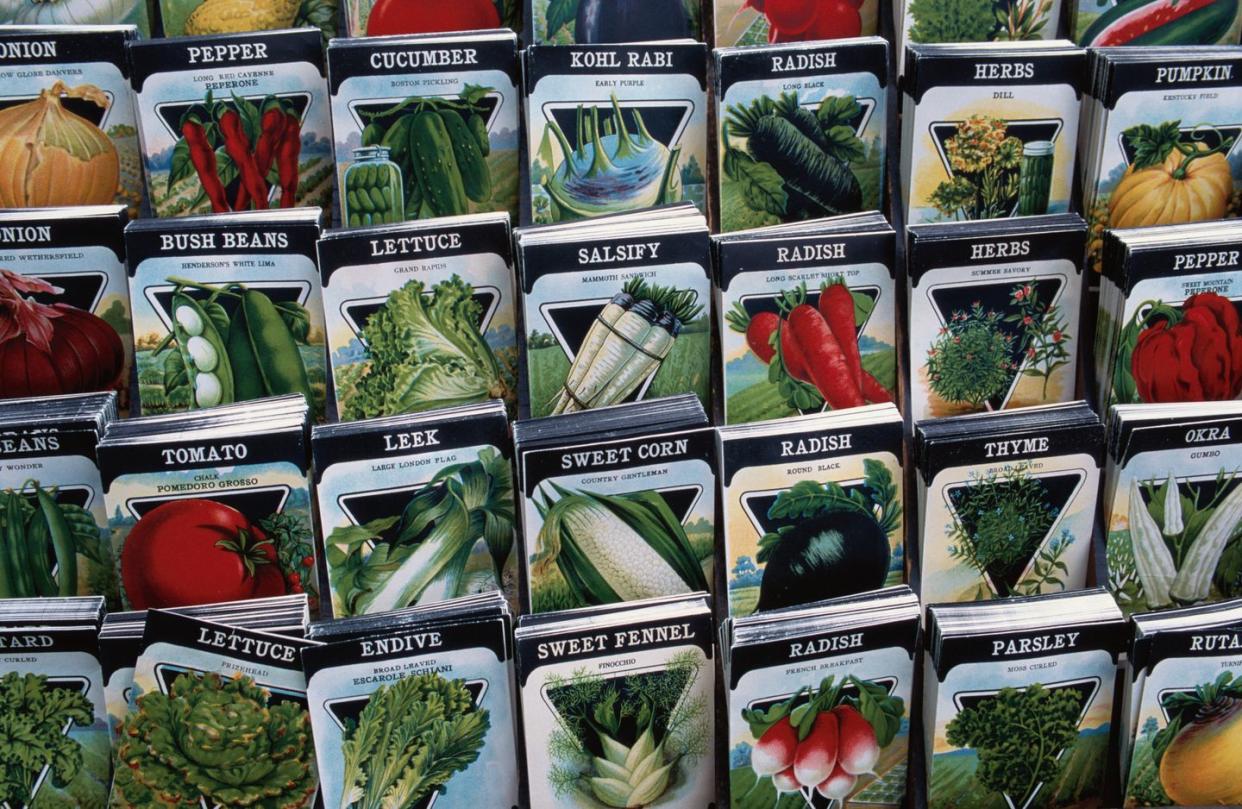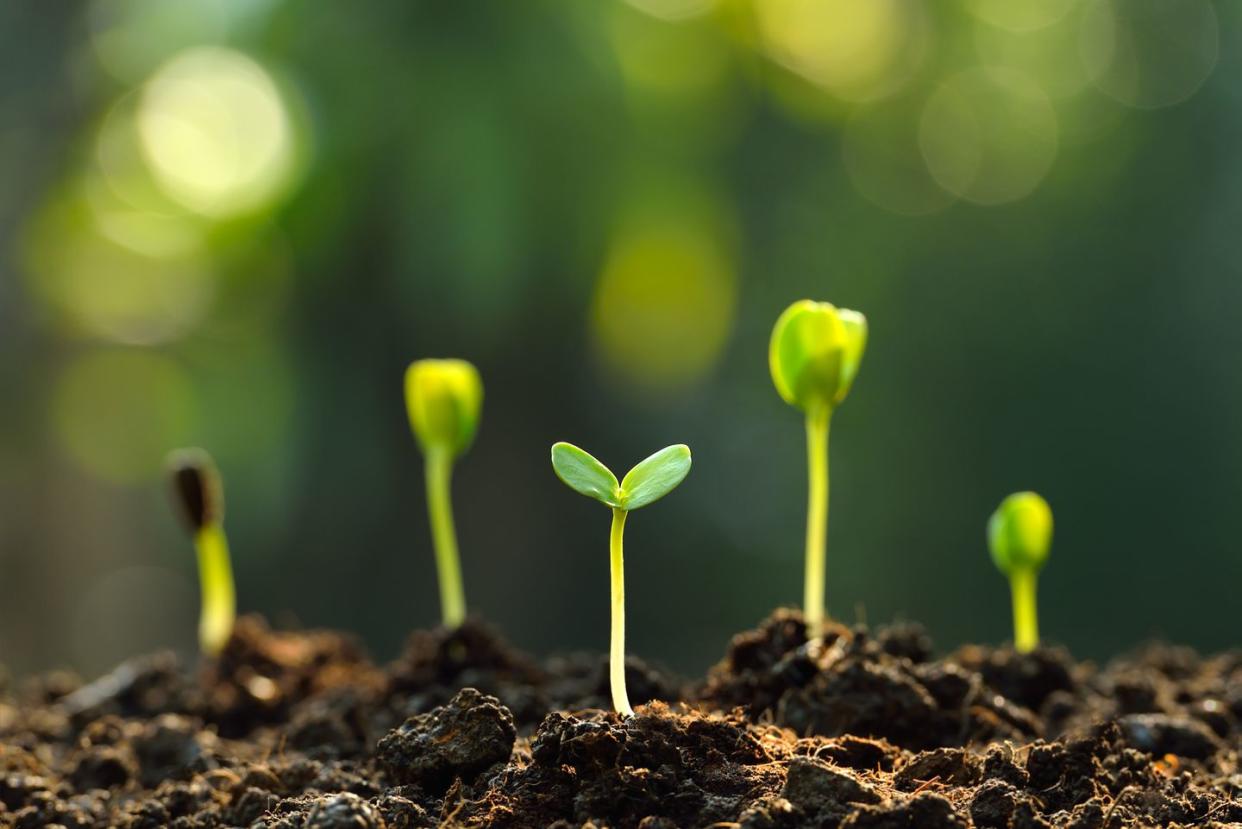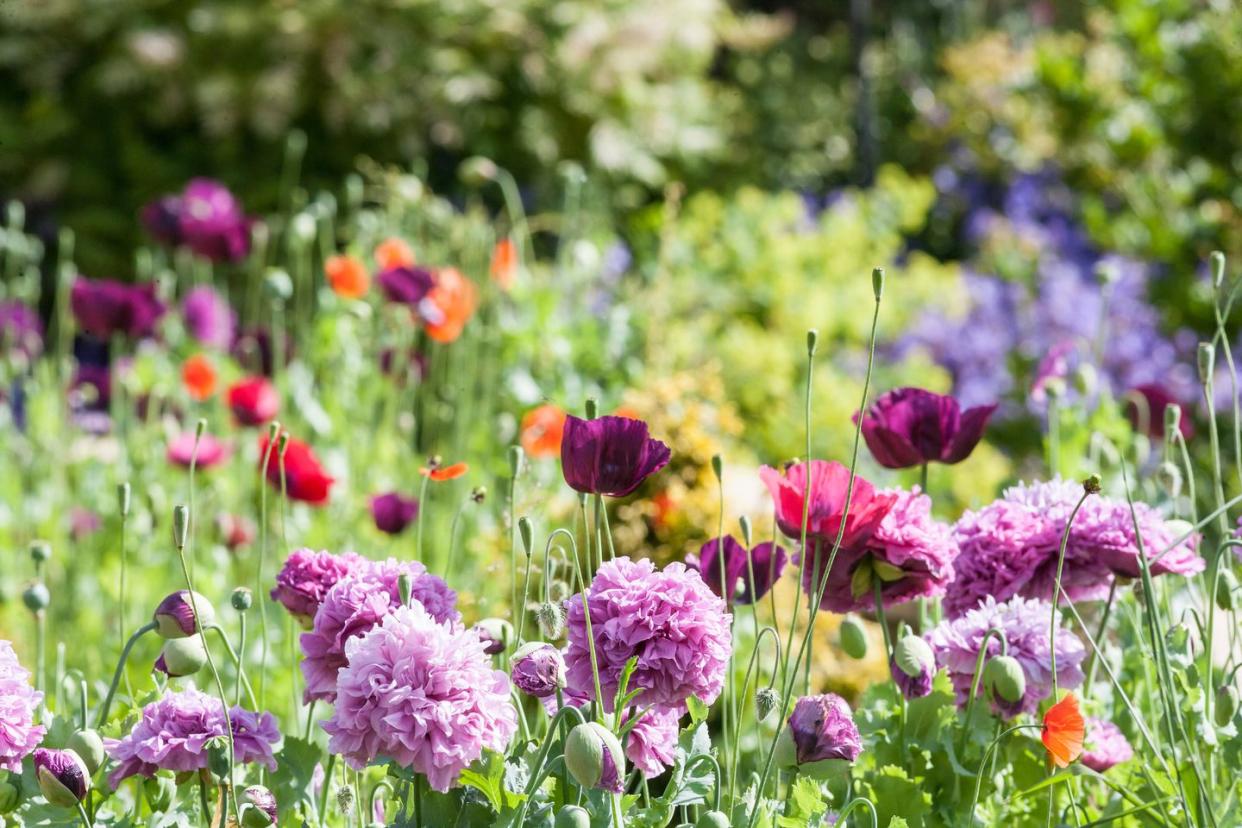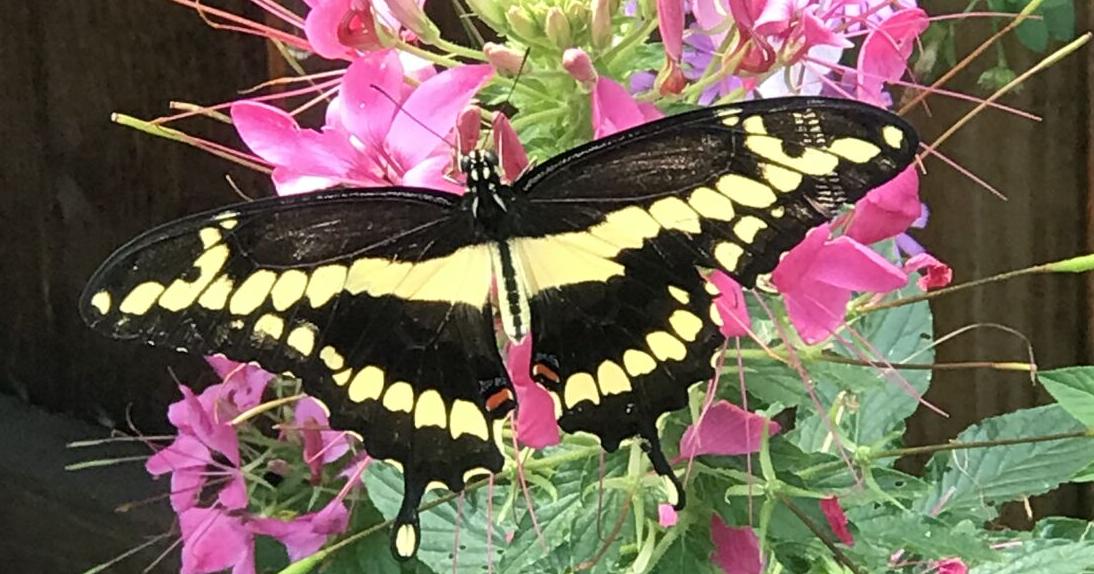“Hearst Magazines and Yahoo may earn commission or revenue on some items through these links.”
If you’ve embraced your green thumb in the past few years and jumped on the gardening trend, you know that nothing is foolproof. You may carefully sow, weed, and tend your baby plants and end up with, well, a whole lot of imperfection. Nature’s funny that way. No matter how much you know (or think you know!) about gardening, there are always plenty of wins, fails, and surprises.
That’s probably why the latest TikTok trend on chaos gardening is so appealing. You let go of the rules and let nature do its thing. Even the most prestigious flower show in the world—the Royal Horticultural Society’s Chelsea Flower Show—touted the benefits of chaos gardening at its 2023 spring show in several of its display gardens.
Chaos gardening results resemble traditional cottage gardens or natural wildflower patches because everything is jumbled together in a dynamic gardening experiment. It may or may not yield the results you expect, but it’s actually fun and satisfying on a whole different level than meticulously planning your flower beds and planting them row by row.
You can be as involved or hands-off as you wish, and the results may just delight you! There are no real rules, only that you be willing to let nature unfold in its own way.
But what is chaos gardening and—without getting way too technical and taking away the chaos-y part of this “method”—should you try it? And just how do you do it?
Here’s everything you need to know about chaos gardening:

Gather Your Seed Packets
You know all those old or half-used packets of seeds you have lying around? Grab them and get ready to plant. Most seeds remain viable for several years so they will still sprout. If you don’t have leftover packets, grab some new seeds—anything that appeals to you, including annuals, perennials, herbs, and vegetables, is fair game.

Look for a Good Spot to Plant…
Find a spot to sprinkle your seeds. Most flowers, vegetables, and herbs need full sun, which is at least six hours of direct sunlight per day. But read the packet to be sure about what a specific plant needs. No sense in setting your baby plants up for failure!
…Or Chaos Garden in Containers
If you don’t have any room in landscape beds or do your gardening on a deck or patio, get a few containers, fill them with potting soil, and sprinkle seeds on top. Containers are a fun way to experiment with chaos gardening if you’re tight on space or just want to use up your stash of seeds.
Sprinkle Seeds Everywhere
You can approach chaos gardening a few different ways: Prepare the soil by turning it over with a shovel, or just scratch up the top few inches with a rake. It’s up to you! Then sprinkle seeds here and there wherever you have a bare spot in your planting beds, or mix packages of seeds together and plant in one large bed. You may choose to plant large seeds first then sprinkle on the small ones or mix everything together and plant at the same time. Anything goes!

Do a Little Maintenance
Nothing can grow without a teeny bit of TLC, so you must water your seeds after planting. If you’re having a dry spell, water your seedlings regularly. You also may need to weed because even the heartiest seedlings can’t out-compete a plot overrun by fast-growing weeds. Finally, if seedlings are growing too close to each other, thin them so that they have a little space to spread out. No one likes to be crowded!
Give Yourself Enough Time
If a seed package says 100 days to maturity and it’s already October, it’s too late to plant your seeds before the first frost of the season kills everything. That’s because the “days to maturity” listed on the package indicate how long from planting until a plant flowers or bears fruit. If it’s late in the season, save your seeds for next spring.

See What Grows
Part of the fun is waiting to see what pops up. You may discover those five-year-old bean seeds grew just as vigorously as ever, or that the cosmos seeds you scattered did better in the ground than they did when you tried to grow them in pots. Or maybe nothing will do well!
Let Go of Expectations
Part of the joy of this approach is that you let nature take the lead. It’s really all about embracing the unknown and not being afraid to fail. In fact, you probably will learn just as much from this experience as you did all the times you carefully planned and tended your plants. That’s just a lesson in nature: It does what it wants, with or without your help!
You Might Also Like



:max_bytes(150000):strip_icc()/GreenBlue84byFarrowBall-6774d582ab9748c29fad4b4b902b8317copy-350e14d3e2b8488e951ac03dfd76ca0f.jpg)





